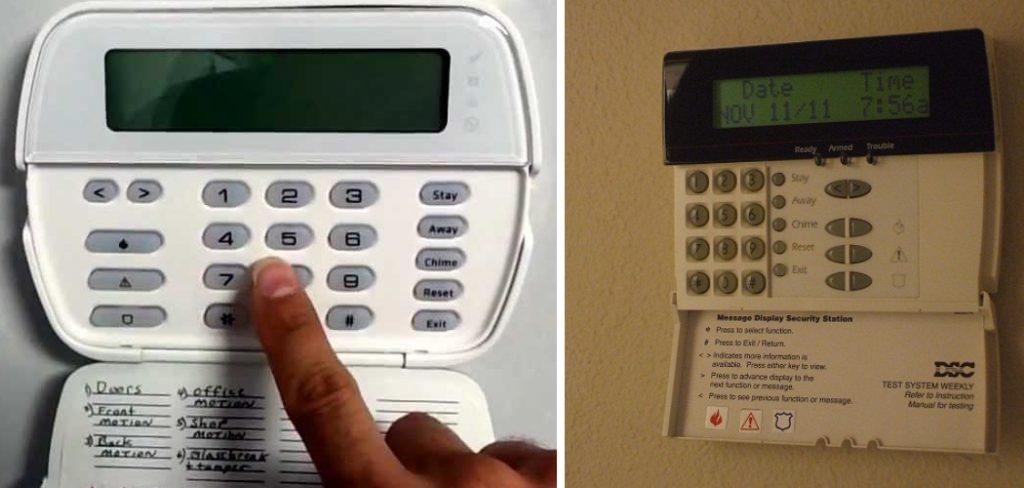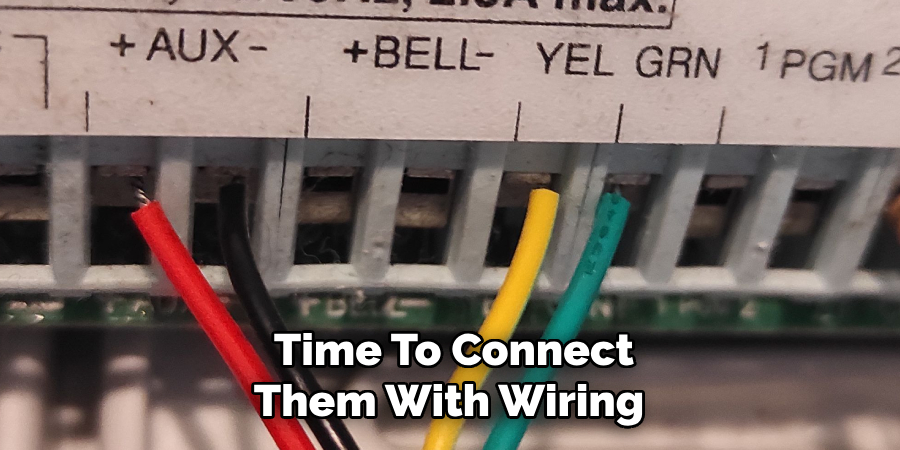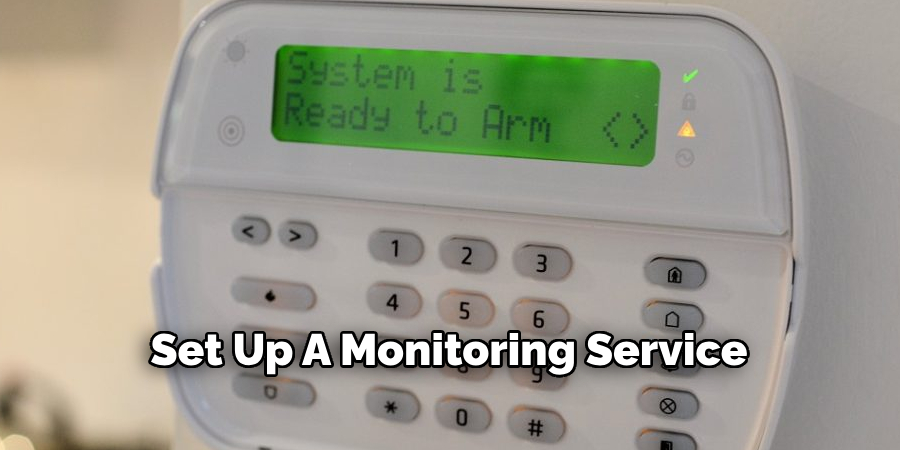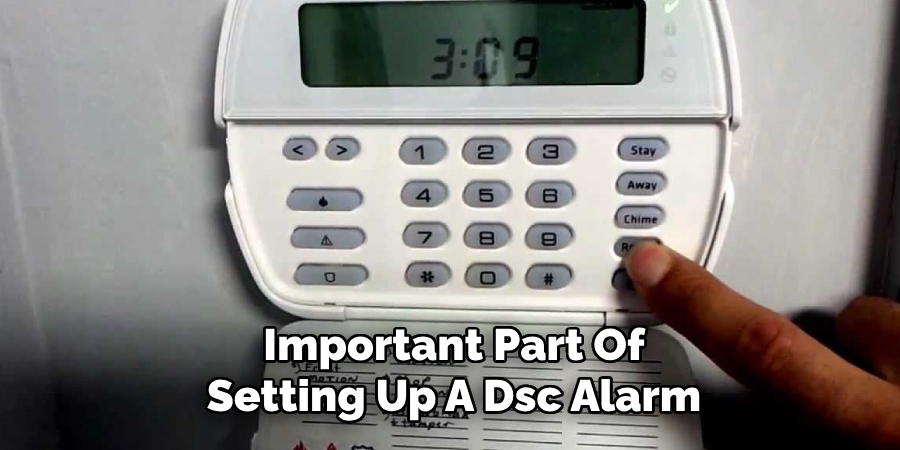In an era where security concerns are paramount, setting up a DSC (Digital Security Controls) alarm system has become a fundamental step towards safeguarding your home or business. Whether you’re a homeowner looking to protect your family and property or a business owner aiming to secure valuable assets, mastering the art of DSC alarm system setup is essential.

In this comprehensive guide, we will demystify the process, providing you with step-by-step instructions and expert insights on how to setup DSC alarm system. Whether you’re a seasoned DIY enthusiast or a novice in the world of home security, by the end of this article, you’ll have the knowledge and confidence to ensure your DSC alarm system is up and running, ready to protect what matters most to you.
What Is DSC Alarm Systems?
Dsc is a home security system that is designed to protect your home from intruders and other threats. It has been in use for more than two decades, and its popularity continues to grow as it offers reliable, comprehensive protection with a range of features that are sure to fit the needs of virtually any homeowner. Dsc systems typically include sensors that detect when someone enters a property, an alarm system to alert the homeowner and/or police of any intrusion, and a control panel that allows you to customize settings for your specific needs.
Importance of Setting up an Alarm System
When it comes to home security, nothing is more important than an alarm system. With a Dsc Alarm System, you can have peace of mind knowing that your home and family are safe and secure. Setting up the system may seem daunting at first, but with the right tools and instructions, it’s easy to get started. This guide will help walk you through the process of setting up your Dsc Alarm System.
Before you begin, it’s important to understand the components that make up a Dsc Alarm System. The main components include: an alarm control panel, motion detectors, door/window sensors, and sirens or strobes. Each component works together in order to detect intrusions and sound an alert.
10 Steps How to Setup DSC Alarm System
Research Your Options

Before you purchase a DSC alarm system, it is important to do some research and compare different models and features. Consider the size of your home or business, the types of sensors you need, and the type of monitoring service you would like to have. You should also consider any additional features, such as remote access or home automation capabilities.
Purchase Your System
Once you have decided on a system that meets your needs, it is time to purchase it. You can buy an alarm system directly from a manufacturer or retailer, or you can hire an experienced security company to install one for you.
When purchasing a system, you should make sure to get one that is appropriate for your home. If you live in an older home with thicker walls, you may need to pay more for an upgraded system that can penetrate deeper into the walls.
Read the Manuals and Instructions
Before attempting to install your DSC alarm system, make sure that you read all of the manuals and instructions that come with it. This will help ensure that everything is installed correctly and that all safety protocols are followed. In some cases, the manuals may provide diagrams that help explain the installation steps in more detail. It is important to pay close attention to all instructions and make sure that everything is installed correctly to avoid any potential issues. Once you have carefully read through the instruction manual, you can begin the setup process.
Install Sensors
The next step in installing your DSC alarm system is to mount the sensors in the appropriate locations throughout your home or business. Make sure that each sensor is securely mounted, as this will help ensure accurate readings and proper operation of the system.
When appropriate, make sure to mount the sensors in locations that are out of the reach of small children or pets, as this will help to prevent accidental triggering. Avoid mounting on windows and near fans or lighting fixtures.
Connect Wiring
Once all of the sensors are installed, it is time to connect them with wiring back to the control panel. Make sure that all connections are secure and properly insulated so that they do not become loose over time.

To ensure an effective connection, use with the same gauge of wire for each connection and verify that all connections are completed securely.
Program Control Panel
Once all of the wiring has been connected, it is time to program your control panel with information about each sensor and other settings, such as entry/exit delays and alarm activation times. Refer to your manual for detailed instructions on how to program these settings correctly.
Test System
After programming your control panel, test out each sensor individually by activating them one at a time while standing near the control panel so you can hear if there are any false alarms or other issues with the operation before proceeding further with the installation. It’s also a good idea to run a full system test with all sensors activated at once. This will help you identify any weak spots in the coverage of your alarm system, so you can make adjustments as needed before finalizing your installation.
Once everything is installed and tested, carefully review each component in its entirety for proper functionality. Make sure that all wiring is secure and all connections are secure to the point where there’s no chance of them coming loose or disconnecting. Double check that your sensors are properly calibrated and communicating with the control panel as well.
Set Up Monitoring Service
If desired, set up a monitoring service by contacting a local security company or signing up for an online monitoring service such as ADT Pulse or Vivint Smart Home Security. This will allow professional responders to be notified if an emergency occurs at your property when you are away from home. Security companies will also be able to notify you if the alarm is triggered, as well as provide other types of monitoring services such as smoke and carbon monoxide detection.

Once the system has been set up and programmed, make sure that all doors and windows are closed and secure before activating the system. Remember to arm your system each time you leave home or when you go to bed. If you have any questions about how to arm or disarm the system, please refer to your user manual for more detailed instructions.
Install Keypads & Remote Controls
Once all components have been tested, install keypads around your property so that they can be used for arming/disarming purposes. If desired, install remote controls so that they can be used from outside of the property. Pay attention to the manufacturer’s instructions for each device; they should include advice on installing and programming.
Install a ‘bell box’ outside of your property, with both audible and visual alarms when activated. Connect this to your control panel via an appropriate cable, before setting up its volume level. It should be loud enough to alert you of an intruder, but not so loud as to disturb the neighbors.
Final Testing & Inspection
After installation is complete, perform final testing on both hardware components (sensors, keypads, etc.) and software components (programming, monitoring services ). Have a qualified technician inspect everything before activating it officially.
Identifying Potential Risks and Hazards
An important part of setting up a DSC alarm system is identifying potential risks and hazards in your space. Identifying potential risks can help you make decisions about the type of equipment, features, sensors, and detectors that will be used to secure your home or business. It’s essential that you review any aspect of potential risk before selecting an alarm system.
Take into consideration any vulnerable areas of the building, such as:
- Doors that may be difficult to secure with a standard lock;
- Windows and other openings that can be used for entry;
- Exits or pathways that might offer an intruder a quick escape;
- Areas of the property where there is limited visibility.

Once you have identified the potential risks, it is important to select equipment that can best protect these vulnerable areas. Consider investing in additional sensors and detectors, such as motion detectors or window alarms, which may be necessary depending on the size of your space and the extent of risk.
Conclusion
In conclusion, setting up a Dsc Alarm System may seem like a daunting task, but with the right guidance and resources, it can be easily accomplished. Remember to carefully plan the layout of your sensors and consider all potential entry points to ensure maximum security. Also, take advantage of the advanced features offered by Dsc Alarm Systems such as mobile app integration and remote access for added convenience and peace of mind. Whether you are a homeowner looking to protect your family or a business owner safeguarding your property, investing in a reliable alarm system is essential in today’s world. Thanks for reading, and we hope this has given you some inspiration on how to setup dsc alarm system!
You can also check it out Unplug ADT Alarm System
About
Safety Fic is a distinguished figure in the world of Diy design, with a decade of expertise creating innovative and sustainable Diy solutions. His professional focus lies in merging traditional craftsmanship with modern manufacturing techniques, fostering designs that are both practical and environmentally conscious. As the author of diy, Safety Fic delves into the art and science of Safety Fic-making, inspiring artisans and industry professionals alike.
Education RMIT University
(Melbourne, Australia) Associate Degree in Design (Safety Fic) Focus on sustainable design, industry-driven projects, and practical craftsmanship. Gained hands-on experience with traditional and digital manufacturing tools, such as CAD and CNC software.
Nottingham Trent University
(United Kingdom) Bachelor’s in diyfastly.com and Product Design (Honors) Specialized in product design with a focus on blending creativity with production techniques. Participated in industry projects, working with companies like John Lewis and Vitsoe to gain real-world insights.
Publications and Impact
In diy, Safety Fic his insights on indoor design processes, materials, and strategies for efficient production. His writing bridges the gap between artisan knowledge and modern industry needs, making it a must-read for both budding designers and seasoned professionals.
